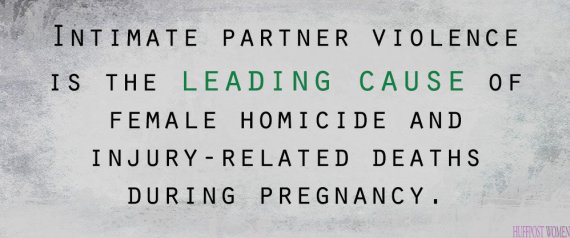Daphne drafted and published a Letter to the Editor to Birth this month (along with Patti and Kathrin). Find the letter linked here: methodological-challenges-in-a-mb-study-of-provider-type-and-perinatal-outcomes-using-hospital-discharge-data
Daphne drafted and published a Letter to the Editor to Birth this month (along with Patti and Kathrin). Find the letter linked here: methodological-challenges-in-a-mb-study-of-provider-type-and-perinatal-outcomes-using-hospital-discharge-data

Patti is presenting to the Coroner’s Council on the possibility of integrating coroner’s data collection in the event of a homicide to inform danger assessments/other interventions at maternal health visits.
See presentation here: Janssen. Coroner’s Council meeting-Englishonly_Maternal Homicide
Congratulations Kathrin!
Kathrin Stoll, Joyce Edmonds, and Wendy Hall’s full article in Birth: Issues in Perinatal Care is linked here: Stoll_et_al-2015-Birth
ABSTRACT:
Background: Fear of birth and mode of delivery preferences are similar among pregnant and non pregnant women, suggesting that attitudes toward birth are formed in young adulthood or earlier. Understanding why some young women fear birth and prefer obstetric interventions can inform public health initiatives aimed at reducing fear and promoting birth as a normal life event.
Methods: We conducted an online survey with 752 American nulliparous young women to assess their preferences and attitudes toward childbirth. We identified explanatory variables associated with reported fear of childbirth and cesarean delivery (CD) preferences.
Results: A preference for CD was reported by 14 percent of young women and 27 percent had scores indicating elevated fear of birth. Fear of birth increased the likelihood of cesarean preference (adjusted relative risk (ARR) 3.84 [95% CI 2.49-5.95]) as did a family history of CD (ARR 1.65 [95% CI 1.13-2.42]). The likelihood of reporting elevated childbirth fear was increased among young women who reported concerns about the physical changes pregnancy and birth have on women’s bodies (ARR 2.04 [95% CI 0.42-0.87]). Access to childbirth information was also associated with a decreased likelihood of fear of birth (ARR 0.75 [95% CI 0.59-0.95]).
Conclusions: Young women reporting high levels of childbirth fear are nearly four times more likely to prefer a CD. Specific fears, such as worries over the influence of pregnancy and birth on the female body, need to be addressed before pregnancy.
Two journals to think about if you’re looking to publish:
The International Journal of Birth and Parent Education is seeking more Canadian content.
and,
Paediatric and Perinatal Epidemiology‘s Impact Factor has risen from 2.811 in 2014 to 3.131 in 2015, ranking the journal at 12/79 in Obstetrics and Gynecology, 11/119 in Paediatrics, and 29/162 in Public, Environmental and Occupational Health. The top articles of 2014 are online free right now.
From the Language and Literacy Education program at UBC, some more thoughts and resources on the specific challenge of graduate and postdoctoral student writing. Their presentation here discusses rethinking writing as a process and a situated social act, and strategizing not only for better products, but for building better writing process.
Additional link available for Writing Resources at UBC